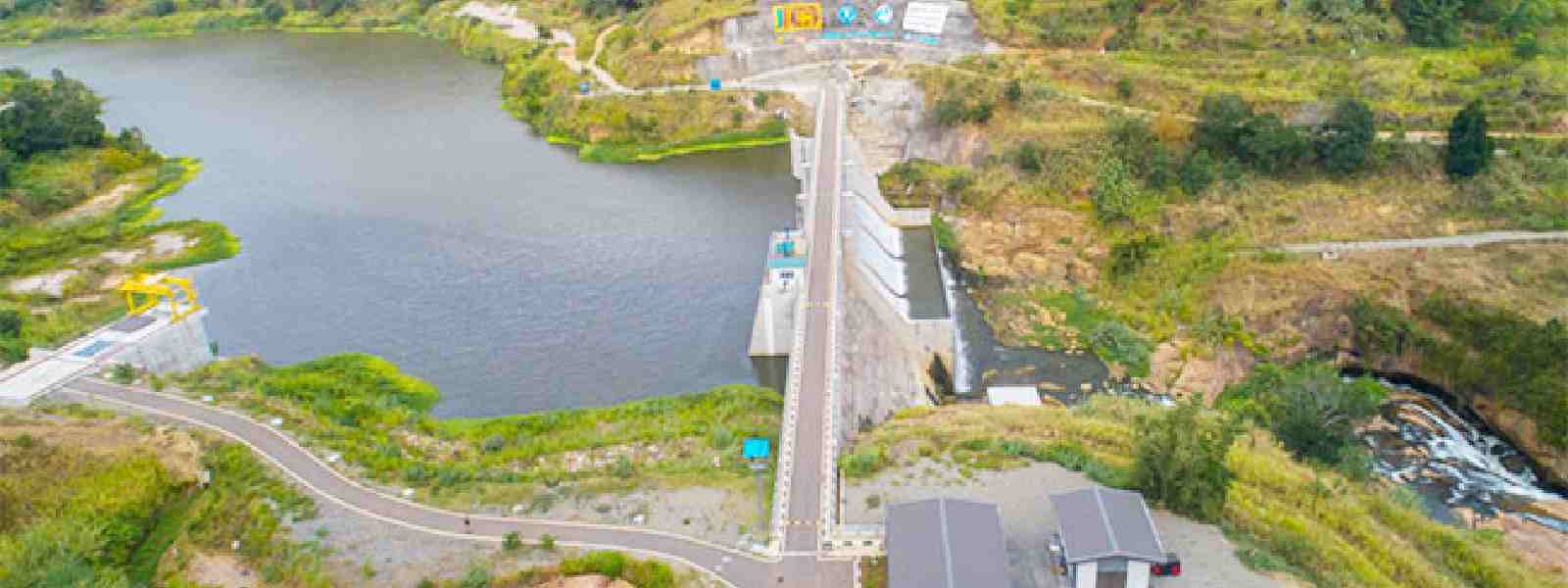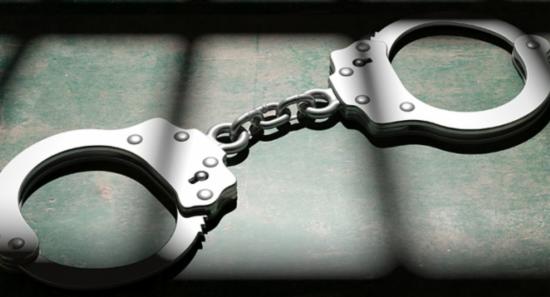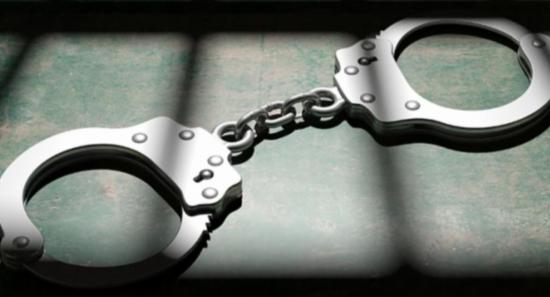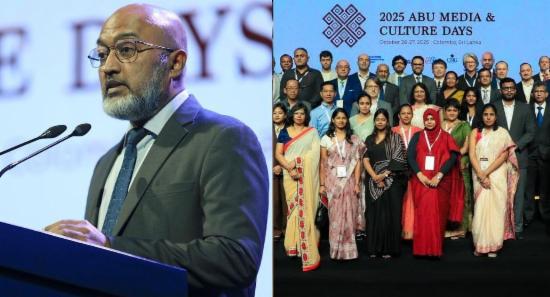.webp)

Iranian President to Inaugurate Uma Oya Project during Sri Lanka Visit - Minister
COLOMBO (News 1st); The Uma Oya Multipurpose Development Project is poised to be officially handed over to the public on the 24th of April.
Iranian President Ebrahim Raisi is slated to visit Sri Lanka next week, to declare open this massive project, said Shasheendra Rajapaksa, the State Minister of Irrigation and Water Supply on Monday (15).
The Uma Oya Multipurpose Development Project is poised for a grand inauguration, jointly led by Iranian President Ebrahim Raisi and President Ranil Wickramasinghe.
On the 24th of April, Sri Lanka will witness the official handover of this project.
In the year 2011, the ambitious Uma Oya Multipurpose Project embarked on its journey, initially supported by a loan from the Export Development Bank of Iran.
However, as geopolitical sanctions began to impact Iran, the project’s funding shifted to domestic treasury allocations.
At its core, the project aimed to contribute 120 megawatts of electricity capacity to the national power grid.
Beyond power generation, the Uma Oya initiative addressed critical needs in agriculture and drinking water supply.
Recently, approximately a month ago, the project reached a significant milestone as test-level operations commenced for hydroelectricity production.
Under the Uma Oya Multipurpose Development Project, water collected from the Puhulpola Reservoir, via a 4 km tunnel, flows to the Diaraba Reservoir.
From there, a 15.5 km tunnel channels the water to two underground turbines in the Ella Karandagolla area.
These turbines, each producing 60 megawatts, will contribute to the national power grid.
Following electricity generation, the water will be channeled via another 4 km tunnel to the Ali Kota Ara Reservoir, and then to the Handapanagala, and Kuda Oya Reservoirs.
The Uma Oya project ensures water supply to approximately 15,000 acres of paddy fields during both the Yala and Maha seasons.
Beyond irrigation, the project meets the drinking water needs of residents in Badulla, Moneragala, and Bandarawela districts.
Other Articles
Featured News





.png )

-820275_550x300.jpg)
-820269_550x300.jpg)


-820251_550x300.jpg)





-819380_550x300.jpg)


-812087_550x300.jpg)
-810262_550x300.jpg)








.webp)






